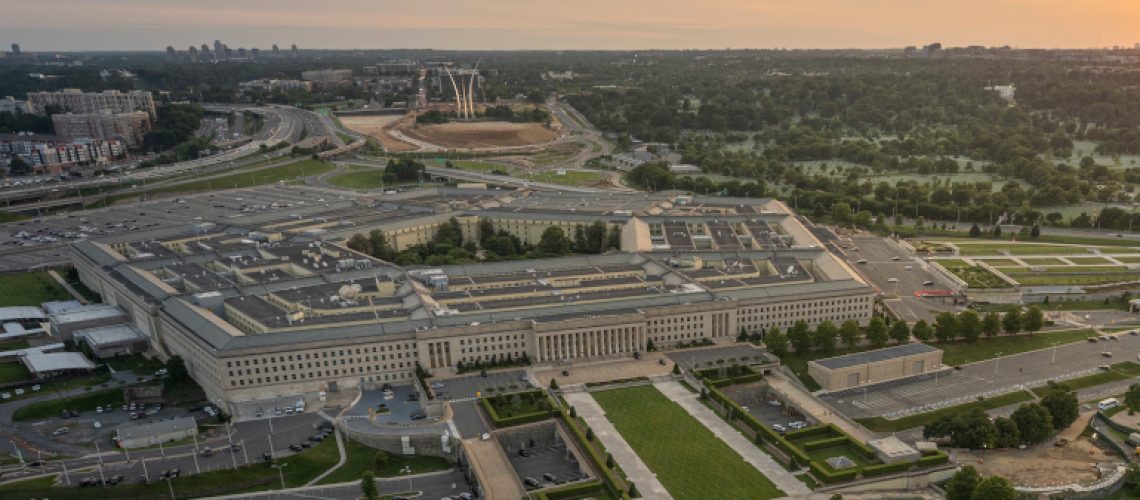The Dept. of Energy recently announced $104 million for energy conservation and clean energy projects at 31 federal facilities, including a new solar installation atop the Dept. of Defense’s Pentagon building in Arlington, Virginia.

An aerial view of the Pentagon, Washington, D.C., May 15, 2023. (DoD photo by U.S. Navy Petty Officer 2nd Class Alexander Kubitza)
The funding is from DOE’s Assisting Federal Facilities with Energy Conservation Technologies (AFFECT) program, which was established in 1992 and helps agencies cut energy consumption and saves taxpayer money in energy costs. This $104 million in funding is the first of three disbursements of the $250 million set aside in President Biden’s Bipartisan Infrastructure Law.
“The Federal Government is the nation’s largest consumer of energy, and conserving as much power as possible in our buildings and vehicle fleets benefits taxpayers and bolsters our national security,” said U.S. Secretary of Energy Jennifer M. Granholm. “Thanks to the historic investment from President Biden’s Bipartisan Infrastructure Law, the projects we’re announcing today will help secure our energy independence while we fight climate change and create a healthier environment for all Americans.”
Noteworthy solar-related projects include:
- Installation of rooftop solar panels, a heat-recovery heat pump system, and solar thermal panels to reduce reliance on natural gas and fuel oil combustion systems at the Pentagon;
- Installation of LED lights and occupancy sensors in low-occupancy areas and application of PV film on south-facing windows to conserve and generate energy at the U.S. Dept. of Transportation’s headquarters in Washington, D.C.;
- Retrofitting the supply building’s HVAC system at the Social Security Administration (SSA) headquarters in Baltimore, Maryland, and also integrating a 300-kW solar system;
- Installation of a 10-MW solar and battery energy storage system on 70 acres of the DOE Savannah River Site (SRS) in Aiken, South Carolina, a precursor to a larger 100-MW array;
- Replacement of a 35-year-old HVAC system with high-efficiency equipment, making enhancements to the building envelope including window replacements, and installation of a new 75-kW solar PV system and an advanced metering system, and implementation of water conservation measures at the U.S. Dept. of Transportation’s Maui Air Traffic Control Tower in Kahului, Hawaii.
The 31 selected projects are expected to double the amount of new carbon-free electricity capacity at Federal facilities over the amount brought online in 2022, resulting in 27 MW of additional clean-energy capacity. The projects will help Federal funding go further by leveraging more than $361 million in private investment.
News item from DOE



